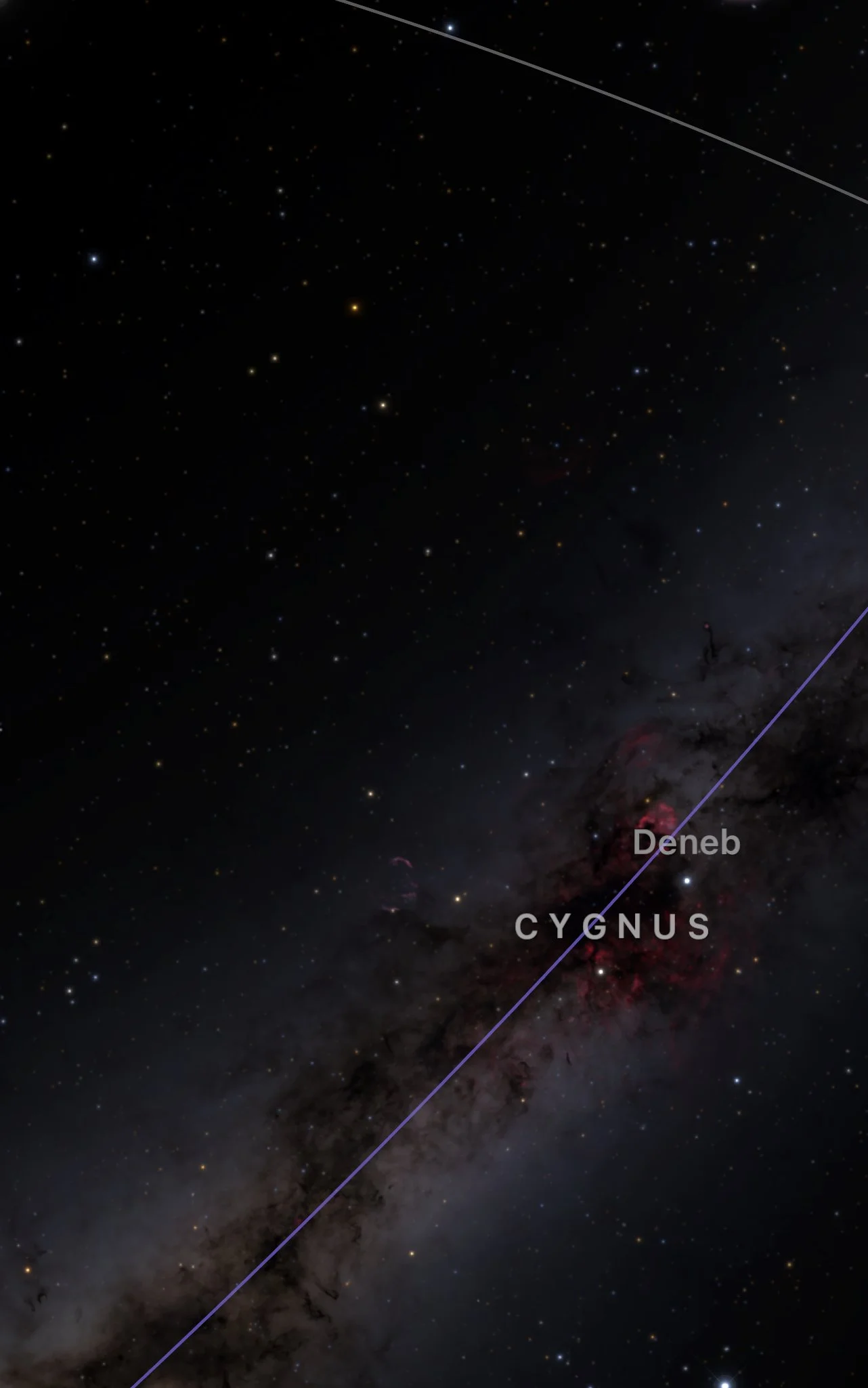....March takes us back to Spring time: the days are now longer and the temperature is higher, inviting us to enjoy the firmament. The Winter constellations are still very high in the evening sky; this is the case of Orion and the Great Dog towards the South, while in the zodiacal region Gemini and Taurus dominate the zenith. From the East, Leo is now rising and announcing the great season of the galaxies that we shall enjoy over the next months. Among the most interesting telescopic objects of the month, besides the wonderful nebula M42 in Orion, is an amazing star nursery located in the sword of the mythical sky hunter, a special protagonism is acquired by the many open clusters, as M35 in Gemini and M41 in the Great Dog.
Whilst still awaiting the return of the big planets, the most admired object of the night sky, the Moon, will not miss the date. This month starts with the Full phase, which will come back also by the end of the month. The most favorable moment to admire her craters, her seas and her mountains, with a telescope, reaching us from hundreds of thousands of kilometers away, is the Crescent phase, which in March takes place in the last weeks.
Clear skies to everybody! ..
Marzo es el mes que nos trae de vuelta a la primavera: los días se hacen más largos y la temperatura es menos rígida, invitando a la contemplación del Firmamento. Las constelaciones del inverno siguen muy altas en el cielo vespertino, destacando Orión y el Can Mayor hacia el Sur, mientras que en la zona zodiacal Gémini y Tauro siguen dominando el cielo del cenit. Ya desde el Este se asoma Leo, anunciando la llegada de la gran temporada de las galaxias que nos espera en los meses venideros. Entre los objetos más interesantes para la observación con telescopio, además de la preciosa Nebulosa M42 en Orión, fulgurante criadero de estrellas localizado en la espada del mítico cazador celeste, hay que destacar lo múltiples cúmulos abiertos, como M35 en Gémini o M41 en el Can Mayor.
Para admirar los grandes planetas habrá que esperar todavía un tiempo, pero no va a faltar a la cita el objeto más admirado de todos: la Luna. El mes empieza con la fase de plenitud, que vuelve también en la última semana. El momento más favorable para disfrutar de sus cráteres, sus mares y sus montañas, que el telescopio nos permite alcanzar desde cientos de miles de kilómetros, es la fase creciente, que en marzo se da en la última decena.
¡Cielos despejados para todos! ....



